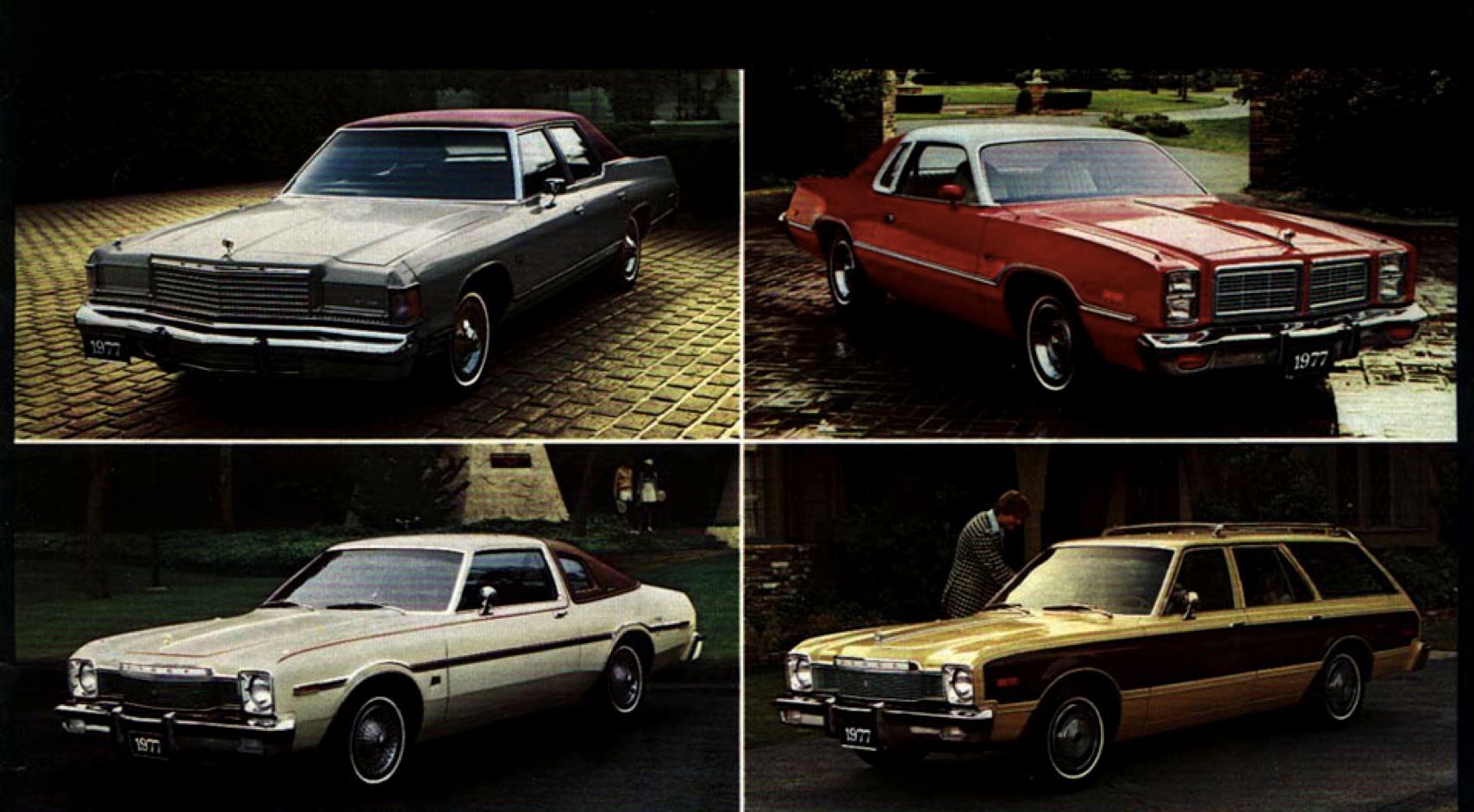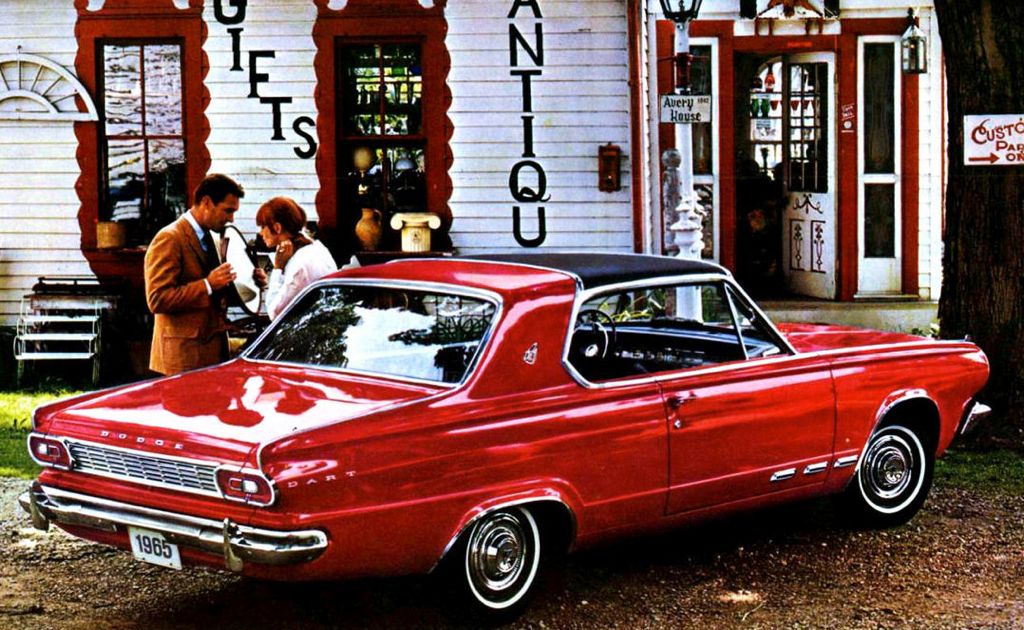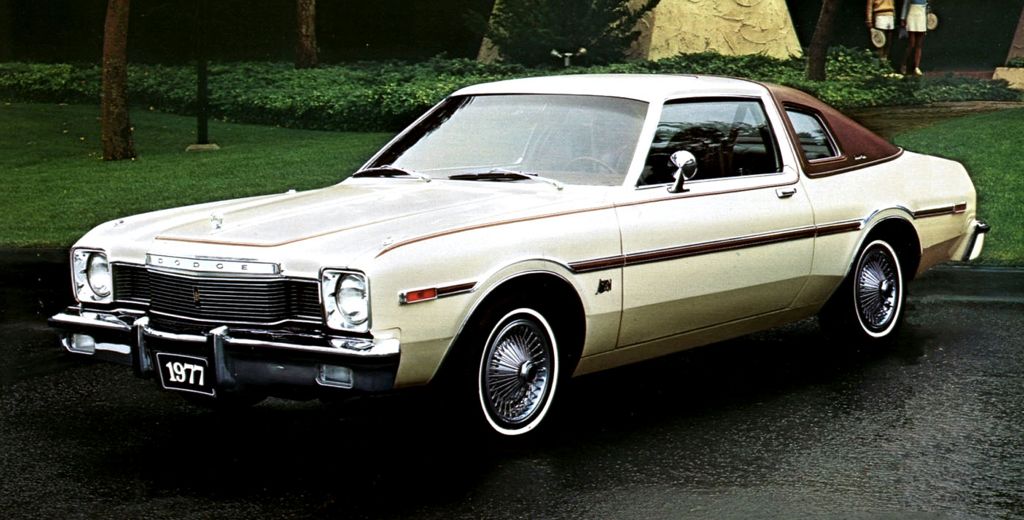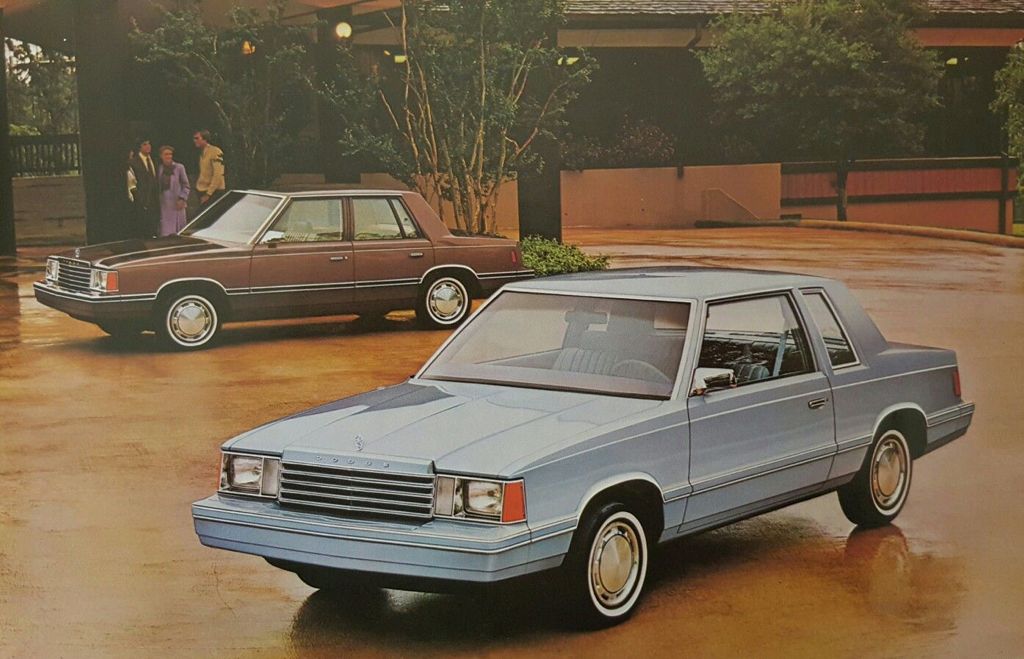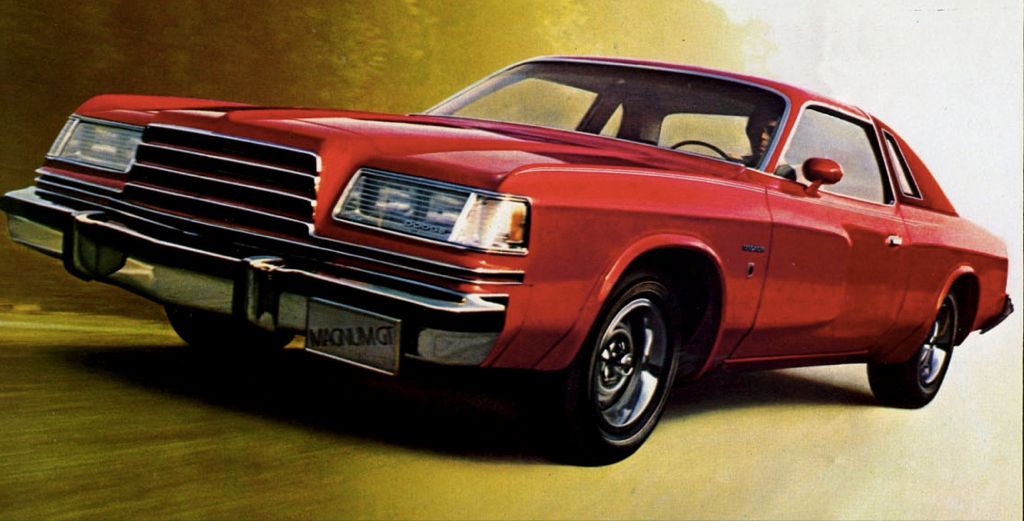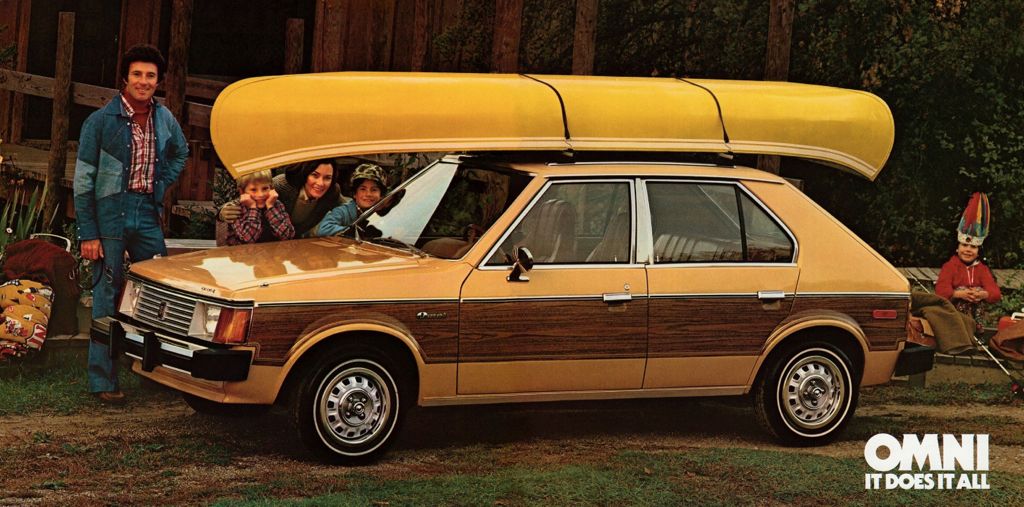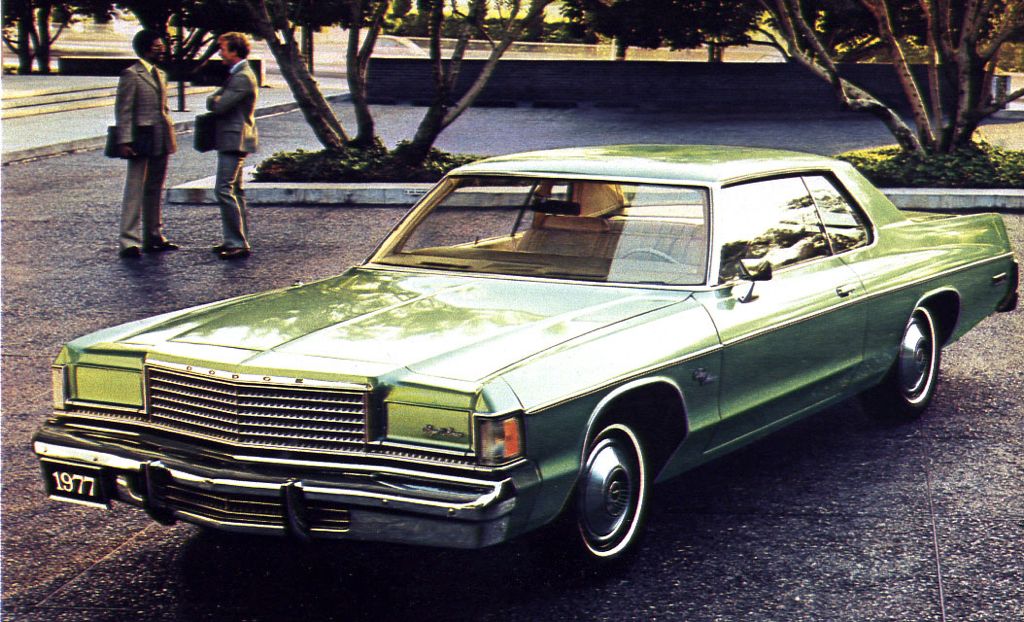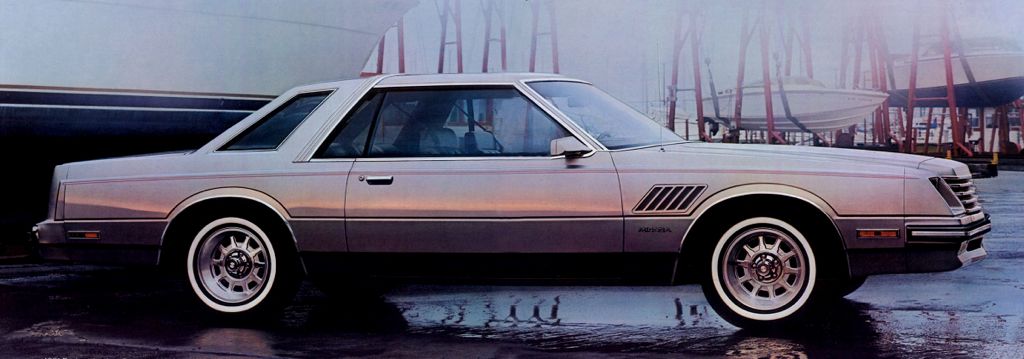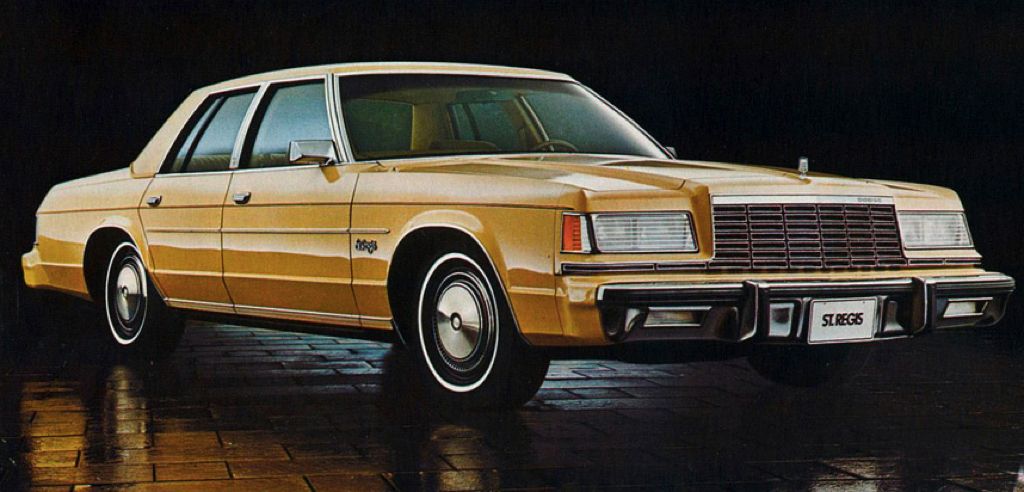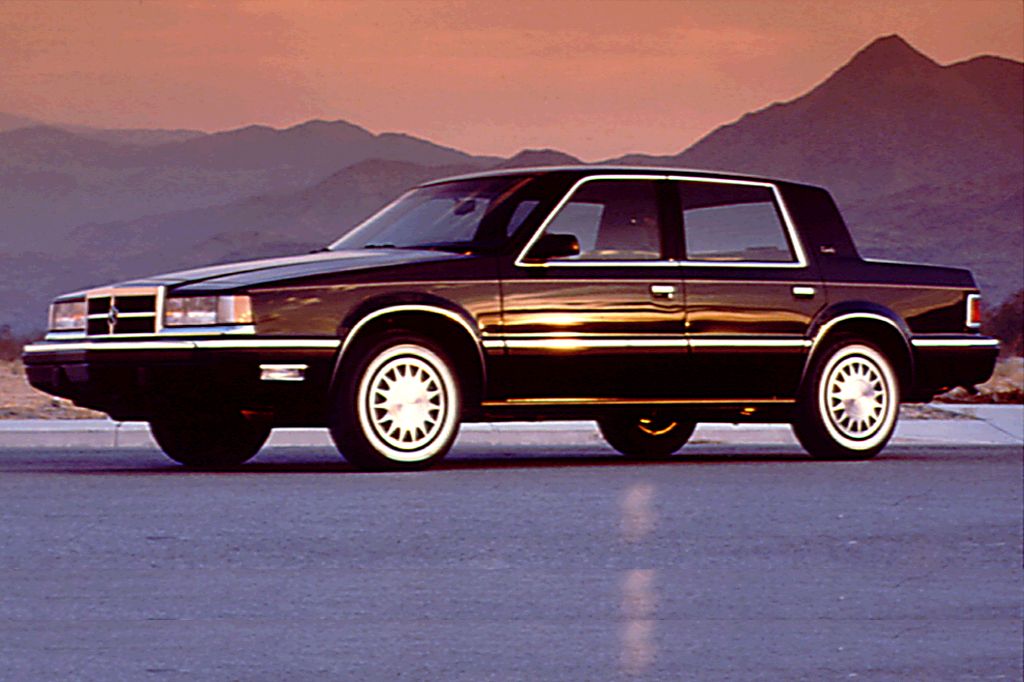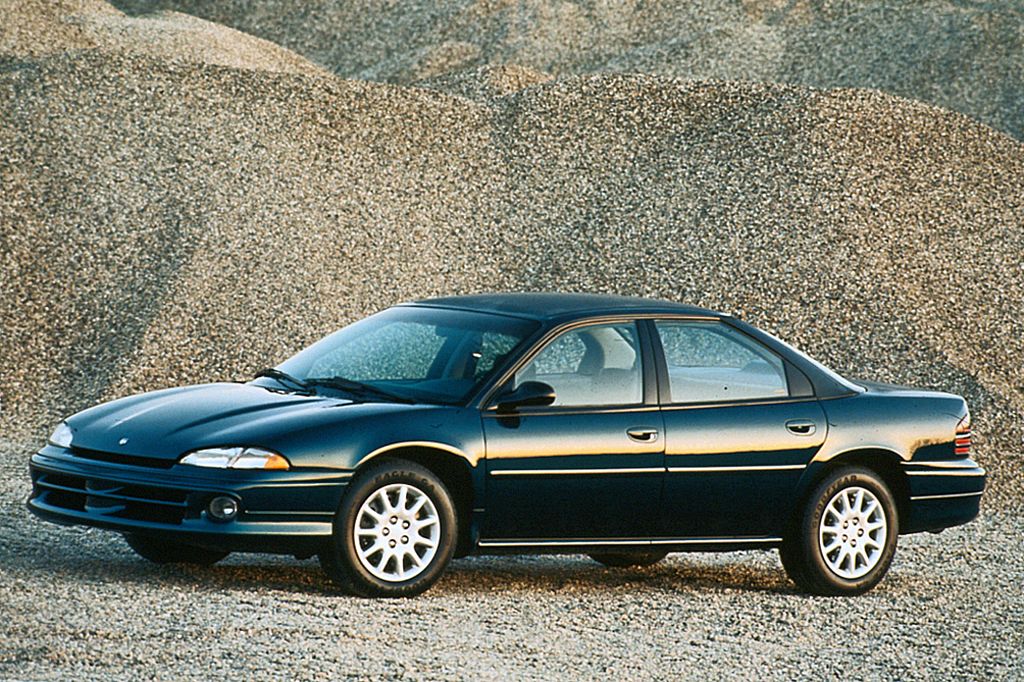At one time, the line up for Chrysler Corporation’s Dodge division would make the founding Dodge brothers’ heads spin. From the minuscule Colt and utilitarian Dart all the way up to land yachts, pickup trucks, and full-size vans, the “Dodge boys” (as their dealers were known colloquially in the ‘60s and ‘70s) had their lots and showrooms full.
In 2020, that expansive lineup was whittled down to the Journey and Durango crossovers, the Challenger coupe, the Charger sedan, and the Caravan people-carrier. Let’s pour one out for some of the models that have come and gone but live on at car shows and in Craigslist ads from coast to coast.
10 10. Dart
The Dart name has appeared a couple of times in Dodge’s history. It first broke cover in 1960 as the main model designation for the division’s full-size cars, then moved in 1963 to a stretched version of Plymouth’s compact Valiant, where it stayed until being replaced by the Aspen in 1977. The compact Dart of the ‘70s — including the jaunty “Swinger” hardtop and Demon fastback — represented the ideal “second” family car: simple and reliable, with a good-sized interior, and (if ordered with a V8) startlingly good performance.
For 2013, Fiat Chrysler dug back into the archive and affixed the Dart name to a shapely compact sedan that rode on a widened Alfa Romeo platform. The little Dodge was competitive in the segment; all that was missing were buyers. After three short model years, FCA ditched the Dart, though its platform lives on under the Jeep Cherokee.
9 9. Aspen
Chrysler’s replacement for the venerable Dart/Valiant was designed to move the compact segment up-market, to answer the challenge from Ford’s Granada. The Aspen and its Plymouth twin the Volare arrived in 1976 as a full range of sedans and wagons with plenty of ‘70s-approved chrome and more stylized interiors. The Aspen even did a pretty good impression of a performance car, through its R/T package and the even more rare Super Coupe.
But in its debut year, it also arrived with a hidden problem: fenders that began corroding well before the cars were paid off. Chrysler ended up recalling thousands of Aspens to replace front fenders. That gave it an unfortunate reputation as a “lemon,” but it ended its run in 1980 as a decent, well-liked car. And the resourceful engineers at Chrysler stretched and pulled the platform to create the Diplomat, LeBaron and Fifth Avenue.
8 8. Aries
The Aries’ (and Plymouth Reliant’s) importance to the survival of Chrysler in the early ‘80s cannot be overstated. First off, people bought a ton of them, which provided some much-needed capital for a company trying to pay off a billion dollars in government-backed loans. More importantly, Chrysler engineers were able to remix the K-car’s basic platform to underpin everything from larger sedans and sporty coupes to the company’s groundbreaking minivans.
The original 1981 Aries coupe, sedan and wagon offered interior space and performance comparable to the Aspen it replaced, in a considerably smaller front-drive package that offered superior fuel economy. And added attention to detail ordered by Chrysler CEO Lee Iacocca helped ensure that the K-cars were dependable. Dodge retired the Aries in 1990.
7 7. Magnum
Here’s another name that’s popped up a couple of times in Dodge’s history. The first Magnum rolled out in 1978, as Dodge’s version of the Chrysler Cordoba personal-luxury coupe. Its only real unique features were its clear retractable headlamp doors and vaguely Cord-like grille. The name lasted just two years before it was downsized and renamed the Mirada.
In 2005, DaimlerChrysler decided that Dodge’s LX-platform replacement for the Intrepid would not be a four-door sedan, but a wagon with a small-ish cargo area and a rear hatch that opened halfway into the roof. More of a European “shooting brake” than an American-style estate car, the Magnum really only proved that Americans don’t like station wagons anymore, not even when they have enormous Hemi V8s under their hoods. The Magnum was fired after 2008, one year after the debut of the Charger sedan.
6 6. Omni
Dodge had been a strong player in the compact market through the mid-‘70s, thanks to the home-grown Dart and the captive import Colt from Mitsubishi. But when Volkswagen sent over its Rabbit in 1975, a more direct answer was required. So Chrysler borrowed the Horizon hatchback from its European affiliate, hung some chrome on it, and introduced it as the Omni (and Plymouth Horizon) in 1978.
Powered at first by a 1.7-liter VW engine and later by the K-car’s 2.2-liter four-cylinder power plant, the inexpensive and practical Omni stayed popular for much of its life, and spawned the hot-hatch GLH (literally, “Goes Like Hell”), the wedge-shaped 024/Charger hatchback coupe and the Rampage small pickup. Reduced to a single “America” trim level in 1987 to drive down the sticker price, the Omni hit the off-ramp in 1990.
5 5. Monaco
The swankiest principality on Earth lent its name to a succession of swanky Dodge sedans and coupes. The first appearance of the “Monaco” name on a Dodge came in 1965, as a top-of-the-range full-size car to compete with the Pontiac Grand Prix. In the ‘70s, the Monaco replaced the Polara as Dodge’s bread-and-butter land yacht, and at one time the name was used on both mid-size (replacing the Coronet) and full-size cars (as the “Royal Monaco”). After a more than decade-long hiatus, the Monaco came back in 1990 as Dodge’s version of the Eagle Premier, inherited when Chrysler bought AMC in 1987.
Along the way, Monaco pioneered the use of halogen automotive lighting with 1969’s “Super-Lite” auxiliary driving lamp. The last Monaco was sold in 1992, but the Premier/Monaco would play a big role in the next decade of Dodge sedans.
4 4. Mirada
Dodge’s version of the Chrysler Cordoba went through a number of names in its history: Charger in 1975, followed by 1978’s Magnum and then Mirada in 1980, when the coupe was moved to a platform derived from the Aspen. The squared-off Mirada had an aerodynamic nose, a glassy interior cabin and an available 5.9-liter (360 ci) V8, though most were driven by the venerable “slant six” power plant.
But a new name didn’t do much to improve Mirada sales; it was comfortably outsold by the Cordoba, which itself was on a downward slide after the 1980 downsizing. Dodge exited the mid-sized personal luxury space in 1983.
3 3. St. Regis
General Motors’ radically downsized 1977 full-sized sedans caught Chrysler off-guard, and sent engineers scrambling to shrink the company’s flagship land yachts. For Dodge dealers, this resulted in the 1979 St. Regis, a four-door sedan that managed to be significantly smaller than the Royal Monaco of 1977 while also looking enormous. But unlike competitors from GM and Ford, the big Dodge was not available as a coupe or wagon.
The St. Regis’ major distinguishing characteristic was its flip-down clear headlight doors, a feature also used on the Magnum personal coupe. But it didn’t sell terribly well, and by the end only fleet buyers were choosing the St. Regis over its competition. The big sedan was gone after 1981, leaving the Aspen-based Diplomat as Dodge’s largest sedan.
2 2. Dynasty
The ultimate extended K-car, Dynasty rolled out for 1988 as a roomy four-door sedan apparently designed to make Dodge buyers nostalgic for their old Monacos and Polaras. At a time when Ford and Chevrolet were flooding the zone with aero-styled Taurus and Lumina sedans, the Dynasty struck a more traditional and old-fashioned tone inside and out.
The Dynasty may have looked like a throwback to the ‘70s, but its four-cylinder and V6 engines helped provide modern motivation. In a sign of how much the market has changed in the last 30 years, the Dynasty was pitched as a mid-size car, but its dimensions put it within a couple of inches of the now-full-size Charger sedan. In any event, this Dynasty didn’t live up to its name; it lasted just five years, until the Intrepid replaced it in 1993.
1 1. Intrepid
Dodge’s introduction of the Intrepid for the 1993 model year caused a sensation at auto shows across the country. The “cab-forward” sedan was the first Dodge in years not to be based on a K-car component set, and offered class-leading interior room inside a sleek wind-cheating shape. That much of the engineering came from the discontinued Eagle Premier/Dodge Monaco didn’t matter, especially when the car looked as good as it did.
The Intrepid sold well through two generations and was also offered as the “Chrysler Intrepid” in other North American markets before being replaced by the LX-platform sedans in 2005.

